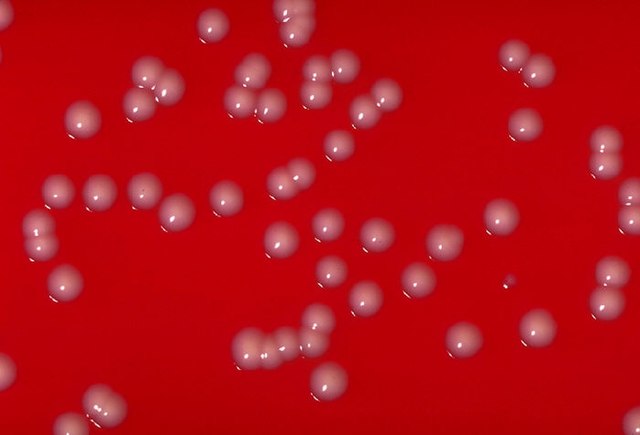Corynebacterium is a genus of bacteria with diverse species that can be found in various environments, including the human microbiome and in soil. While many Corynebacterium species are harmless, some are known to cause infections in humans. Here are some key facts and insights about Corynebacterium:
Diverse Genus:
The Corynebacterium genus is diverse, with over 100 recognized species. Many of these species are non-pathogenic and play a role in maintaining a balanced microbial community.
Normal Microbiota:
Some Corynebacterium species are part of the normal microbiota found on the skin, mucous membranes, and other parts of the human body. They are generally harmless in healthy individuals.
Pathogenic Species:
While most Corynebacterium species are non-pathogenic, some can cause infections in humans. One well-known pathogenic species is Corynebacterium diphtheriae, which causes diphtheria, a severe respiratory disease.
Diphtheria Toxin:
Corynebacterium diphtheriae produces a potent exotoxin, known as diphtheria toxin, which can lead to severe respiratory and systemic symptoms, including sore throat, fever, and the formation of a pseudomembrane in the throat. Diphtheria can be life-threatening if not treated promptly.
Vaccine Prevention:
Diphtheria is largely preventable through vaccination. The diphtheria vaccine is typically administered as part of the DTaP or Tdap vaccine series, protecting against diphtheria, tetanus, and pertussis (whooping cough).
Infections and Diseases:
In addition to diphtheria, some other Corynebacterium species can cause various infections, including skin and soft tissue infections (e.g., erysipeloid), urinary tract infections, and wound infections.
Laboratory Identification:
Identifying Corynebacterium species often requires specialized laboratory techniques, such as Gram staining and culture methods. Molecular methods like polymerase chain reaction (PCR) can also be used for precise identification.
Antibiotic Susceptibility:
The choice of antibiotics for treating Corynebacterium infections depends on the species and the antibiotic’s susceptibility. Antibiotics like penicillin, erythromycin, and clindamycin are commonly used for susceptible strains.
Environmental Sources:
Corynebacterium can be found in the environment, including soil and water. Some species have economic and ecological importance, such as in the production of amino acids and enzymes.
Prevention and Hygiene:
Proper hygiene practices, vaccination against diphtheria, and prompt medical attention for respiratory or skin infections are essential for preventing and managing Corynebacterium-related diseases.
In summary, Corynebacterium is a diverse genus of bacteria with both non-pathogenic and pathogenic species. While many Corynebacterium species are harmless and part of the human microbiome, some can cause infections, including the potentially life-threatening disease diphtheria. Understanding the potential risks and practicing good hygiene and vaccination are important for preventing and managing Corynebacterium-related infections and diseases.










